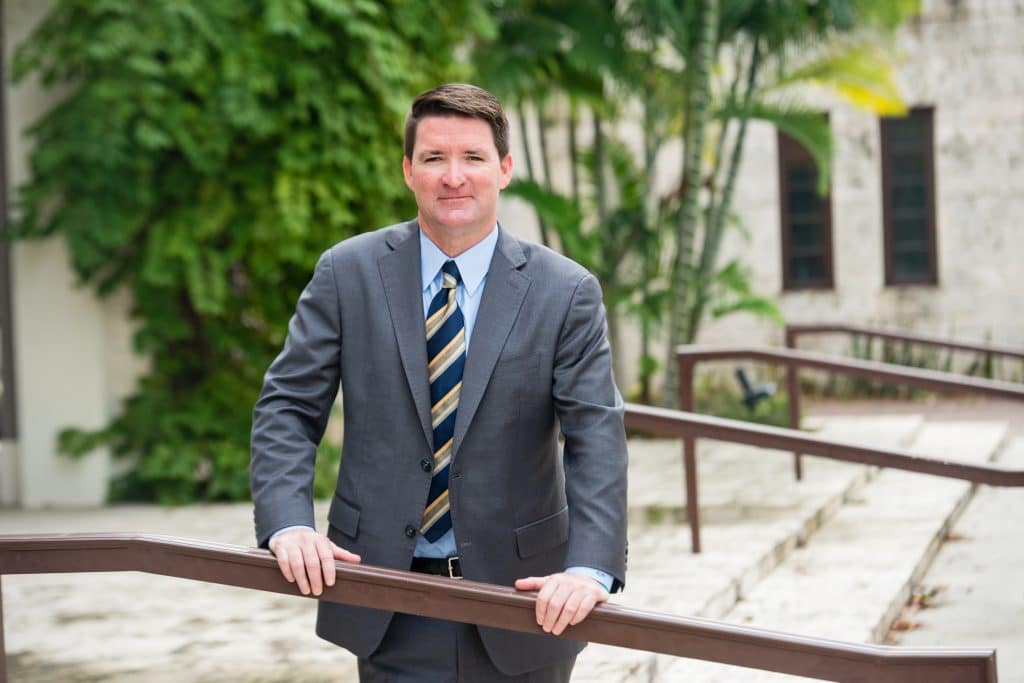The Haggard Law Firm’s Douglas McCarron has obtained a $3.5 Million settlement involving a drowning at a Florida hotel.
Per terms of the settlement, the names of the parties involved are confidential.
In the summer of 2018, the victim’s family chose a Resort for summer vacation close to some of Florida’s most popular tourist attractions. The hotel had a number of amenities targeting family-friendly fun, namely the resort pools. Like every other guest on the premises, the victim’s family assumed that the pool advertised to be enjoyed by families and young children was responsibly maintained and safe. The reasonable assumption was simple: this pool was reasonably safe for enjoyment and use by families with children. Tragically, this reasonable assumption was incorrect.
Surveillance video captured the young victim in the water as he was immediately pushed underneath the water’s surface by the power of the pool’s waterfall feature. Unable to get off the pool floor, the young victim remained submerged and drowned. Although multiple people, including the victim’s father, are within feet of child, the splashing of the waterfall blocks the father’s view of the child struggling below the surface.
The child drowned in silence in just 4 feet of water.
The Pool had a water slide, a waterfall feature, a full bar, and a kitchen. It is, by far, the most used and crowded pool on this resort’s property. As such, the pool has constant activity and was hectic. The pool clearly attracts families with children and was designed for families to remain in the pool area for hours at a time. Unlike some of the fun aquatic features, the waterfall feature poses a hidden danger to children. Cascading into 3 to 3½ feet deep water, next to a slide and stairs, the waterfall entices children to play under the crashing falls or climb on the rock wall behind it. Even adults enjoy having the crashing falls massage the tops of their heads or backs. The difference, of course, is that there is far less likely that an adult will be pushed under the water by the falls, as compared to a child.

The waterfall feature caused turbidity on the water’s surface which makes it extremely difficult, if not impossible, to see the pool floor. This is an extremely dangerous condition and is something that the defendant(s) needed to be aware of.
Every authority regarding pool maintenance requires that all parts of the pool floor be readily visible to those outside the pool. The reasoning is obvious: lifeguards, water-watchers, parents, and other swimmers or patrons need to be able to see if a swimmer is drowning or struggling on the pool’s floor. If not, a swimmer, likely a child, maybe struggling on the pool’s floor. If no one can see the swimmer, death or severe injury is inevitable.
“The inherent dangers associated with the waterfall feature necessitated the resort implement strict policies and procedures, and adopt emergency protocols,” says McCarron. Qualified and properly trained manpower was required to ensure the safety of guests. Moreover, industry standards required the use of a lifeguard. The Centers for Disease Control (CDC) advocates that public swimming pools must provide qualified lifeguards if certain conditions exist – specifically, public pools with waterslides and waterfall features.
The evidence, in this case, showed a failure to have any of these safeguards and failed to implement a reasonable emergency response plan. Had any of these safety measures been in place, the child would not have drowned.









